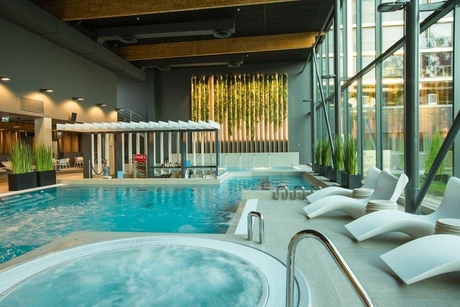Seaside. Car. Nida-Klaipėda-Kaunas
"Where high Nemunas slopes Etched in"
When traveling from Kaunas towards Jurbarkas visit the sixteenth century. end. renasansinio style red castle, you get into a 33.5 m high tower, which offers not only beautiful Nemunas arcs images, but on a clear day you can see and a few kilometers towering similar age Panemunė castle. From the castle you drive bicycle path towards Jurbarkas, on the way you will meet pūpsantį Raudonėnų mound, and come to find Kartupėnus Crusader March Menanti Kartupėnų mound. 2 km after driving the highway you will see the seventeenth century. beginning of the Renaissance style of a residential Panemunė castle, by far the most to preserve its architectural authenticity. Part of the castle has been restored. Panaroma will be able to take stock of the tower and the castle halls unfold unique Panemunė castle wall paintings. Whether to continue the eyes really will fall near the road standing in the eighteenth century. Avg. folk architecture of the building, a former inn Siline now Panemuniai Regional Park; there also founded exposition, showing about not so long ago, until the twentieth century. 9 decade prosperous fishing Nemunas. In addition to the folk architecture of the monument is growing centenarian oak grove. Next bicycle trail will lead you to Skirsnemunės, where you can visit a wooden gravel Evangelical Lutheran and St. Skirsnemunė. George's churches. Increasingly closer towards Jurbarkas you pass the full the Nemunas lying on an old fishing village Molynės. We visit Antkalniškių mound, which has so far dates back to the Crusaders and Lithuanian fights for freedom boundary.




















Post a review